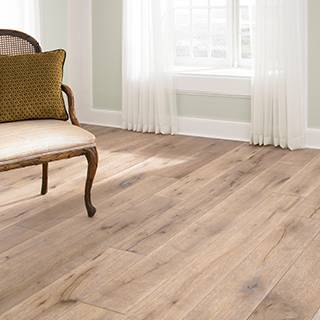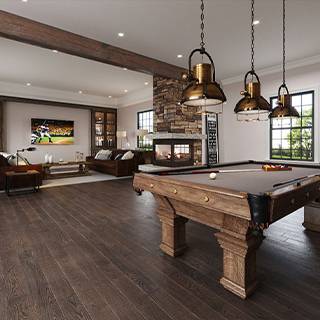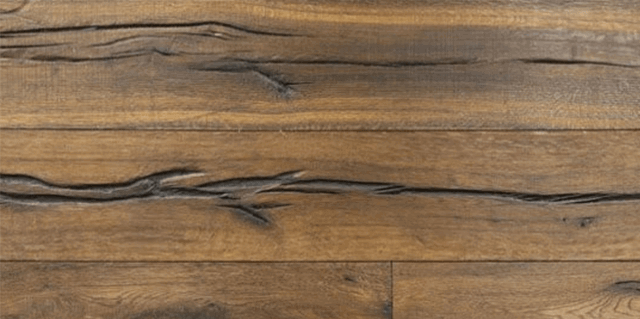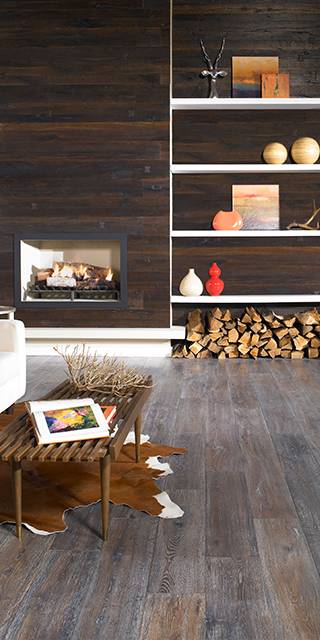A Quick Guide to Flooring Terms – New and Improved!
April 22, 2014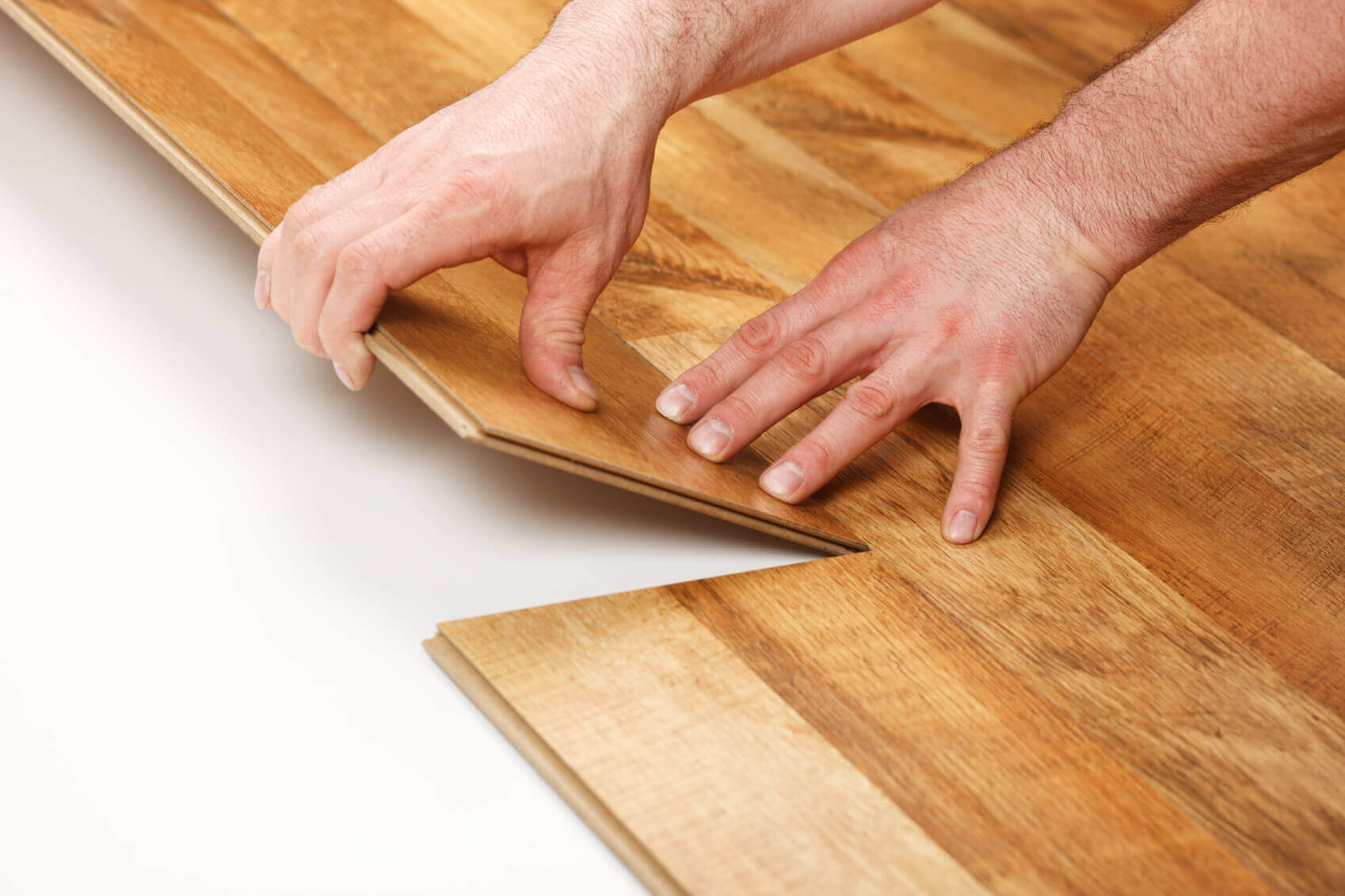
When you are ready to invest in new hardwood flooring, the installers will use terms you may not understand. However, you don’t have to feel lost because MacDonald Hardwoods is happy to provide you with the education you need. When you know what the terms are, you will have the information you need to make smart decisions about your flooring. Use the following guide to help you learn more about the flooring process.
Commonly Used Hardwood Flooring Vocabulary
1. Subfloor
This is the structural layer that will support your hardwood floors. On ground floors, it may be concrete or plywood; upstairs, it will usually be wood. The nature of your subfloor will help you determine what kind of underlayment you may need.
2. Joists
These are parallel beams that provide support for the floor or carry ceiling loads. When installing a hardwood floor, it is best to go perpendicular to the joists for a consistent look and to strengthen the floor.
3. Underlayment
A layer of material between the subfloor and your hardwood. Depending on your subfloor and other factors, it may serve as a vapor barrier, padding, sound barrier, and insulation. Underlayment is comprised of foam, felt, cork, plastic sheathing or other synthetic materials.
4. Engineered
Engineered hardwood floors are multiple layers (plies) of solid wood assembled in a cross-ply construction, the top layer of which is the species and color you see after installation. Engineered hardwood tends to be less prone to noticeable expansion than solid wood, so it is sometimes preferable over below-grade and or concrete subfloors, which typically seep moisture. If you’re interested, learn more about engineered flooring.
5. Solid Wood
Boards manufactured from a single, solid piece of wood, as opposed to engineered wood.
6. Sapwood and Heartwood
Some tree species have different grain colors. Sapwood is in the outer rings of the tree and is usually a lighter color. Heartwood, found in the centermost rings of the tree, is often a darker color than the sapwood.
7. Locking/ Floating
Flooring designed with a tongue-and-groove profile that allows for easy installation by locking edges into place. No glue is required; instead, floors “float” atop your subfloor.
8. Base Shoe
When a Denver flooring company installs new flooring, they have to leave an expansion gap between the wood and the walls. This difference is usually ¼- to ½-inch in width and must be covered by the baseboard. The regular baseboard trim is not thick enough to adequately cover this gap, but shoe molding will make up the difference.
9. Shoe Molding
A rounded frame with a flat back and bottom that sits flush against the baseboard and extends over the base shoe gap.
10. Beveled Edge
Also known as an eased edge, many prefinished hardwood floors feature this type of finish. Rather than straight edges with 90-degree angles, the edges are gently beveled using 45-degree angles. The beveling makes it easier to match up the sides of finished planks for a smooth finish.
11. Relative Humidity (RH)
The amount of moisture in the air compared to the amount of moisture necessary to saturate the air. Maintaining the proper RH in your home is essential to avoid crowning and cupping and excessive gapping. An RH between 35% and 45% is best for both your health and your floors.
12. Crowning/ Cupping
Warping in floorboards caused by excessive moisture.
13. Gapping
Spaces that appear between boards in drier weather. Some gapping is to be expected, especially in winter. However, excessive gapping can result if moisture levels in a home are allowed to fall too far.
14. Janka rating
The Janka scale is used to describe the hardness of a particular species or subspecies of wood. The Janka rating is a measure of the amount of force it takes to drive a .444 inch steel ball into a plank of wood to half the ball’s diameter. For more information on the Janka scale, check out our post on the subject.
15. Pinworm hole
Small insects can drill through solid wood and leave a little round hole. These holes are pretty standard on hardwood floors, but not everyone appreciates the appearance of pin wormholes. If you don’t want these holes to be visible in the finished product, you will have to make sure every board is inspected to be sure it is free of the small holes.
Final Thoughts
MacDonald Hardwoods is an experienced flooring company in Denver. We offer an incredible range of wood flooring options, and we will work with you to find the style and color that’s perfect for your home. Call us today at 800-639-3006 to learn more about our services and to make an appointment for your free estimate.


